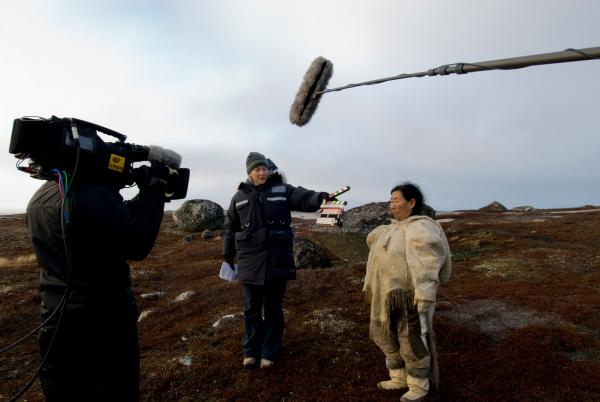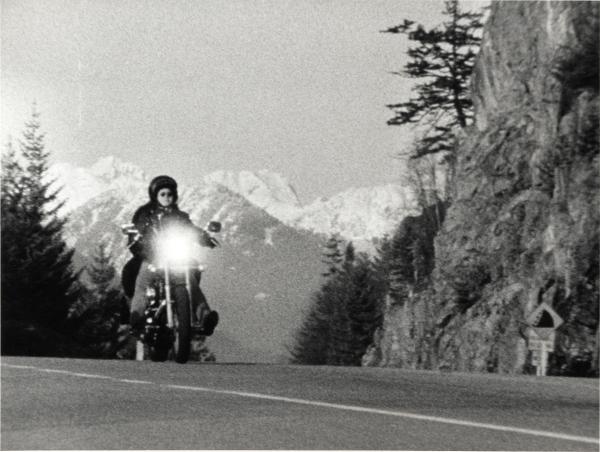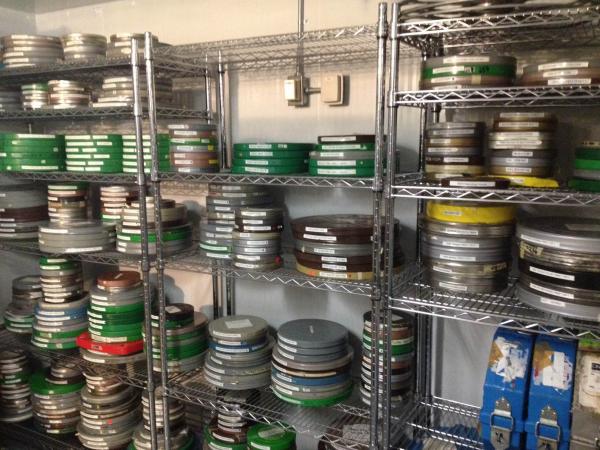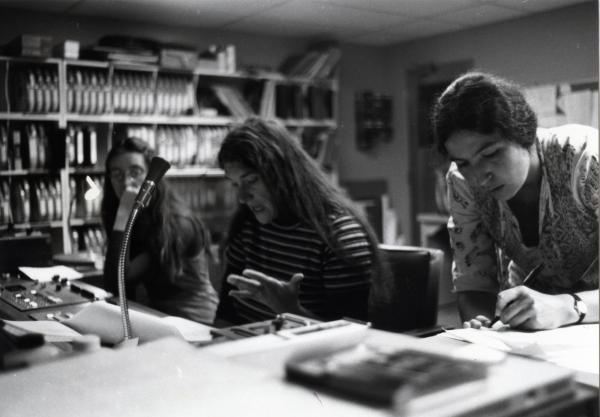Our Case Studies examine a range of themes, media, histories, and geographies through a selection of Canadian, community-based, and independent archives and collections.
Each Case Study involves original research, excavating historical conditions of production, ties and meanings for a community, and production and presentation details. This excavation work will be combined with interviews with artists and key participants, seeking to uncover best practices, cultural protocols, and processes needed to sustain collections.
Together, the Case Studies address unequal vulnerabilities and differences in accessibility across the media material. Through archival research, Case Study materials will also be safeguarded, migrated, and remediated into new forms.









